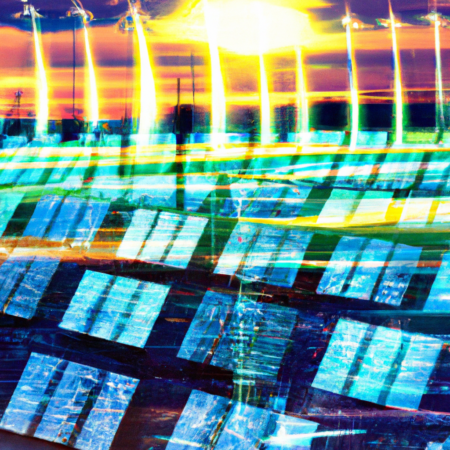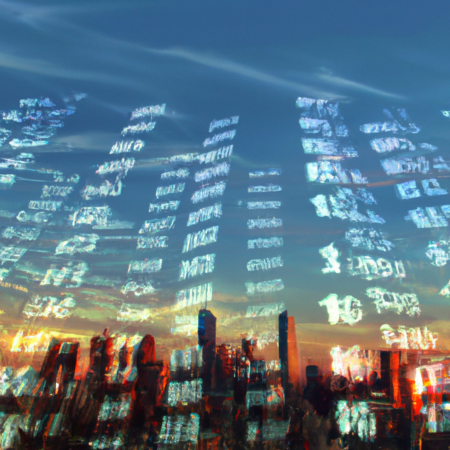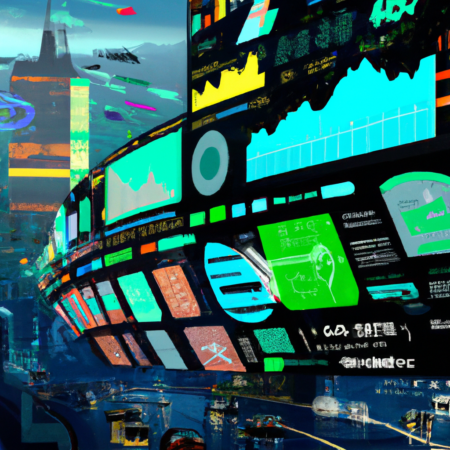Navigating the New Economy: Trends and Policies Shaping 2025
As we enter the second quarter of 2025, the global economy is undergoing significant transformations. Driven by technological advancements, changing geopolitical landscapes, and evolving consumer behaviors, these changes are reshaping the landscape of economic policy and strategy.
Technological Innovations Driving Economic Growth
The proliferation of AI and automation has continued to be a major economic driver. These technologies are not only enhancing productivity but also transforming industries from manufacturing to services, creating new opportunities and challenges for policymakers.
Environmental Policies and Economic Impact
With climate change concerns becoming more pressing, governments worldwide are implementing stricter environmental policies. These include carbon taxes and incentives for renewable energy, which significantly impact economic activities and investment landscapes.
Shifts in Global Trade Dynamics
The ongoing recalibration of global supply chains and trade agreements in response to recent geopolitical tensions is leading to a more fragmented but potentially more resilient global trade system. This shift requires businesses and governments to adapt quickly to maintain economic stability.
Monetary Policies Adjusting to New Realities
Central banks are navigating the tightrope between controlling inflation and fostering economic growth. The adoption of digital currencies and the exploration of new monetary tools are part of this adaptive strategy to the dynamic economic environment.
Conclusion
As we look towards the future, understanding these trends and policy shifts is crucial for stakeholders at all levels. By staying informed and agile, businesses, consumers, and governments can navigate the complexities of the new economic landscape effectively.






